Design, Optimization and Performance Assessment of Single Port Film Bulk Acoustic Resonator through Finite Element Simulation
Abstract
:1. Introduction
2. Design and FEA Simulation of Single-Port Cavity-Based FBAR
3. Device Fabrication
4. Result and Discussion
4.1. Study of ZnO Morphology
4.2. Radio Frequency Characteristic of the Resonator
5. Conclusions
Author Contributions
Funding
Institutional Review Board Statement
Informed Consent Statement
Data Availability Statement
Acknowledgments
Conflicts of Interest
References
- Vidana Morales, R.Y.; Ortega Cisneros, S.; Camacho Perez, J.R.; Sandoval Ibarra, F.; Casas Carrillo, R. 3D Simulation-Based Acoustic Wave Resonator Analysis and Validation Using Novel Finite Element Method Software. Sensors 2021, 21, 2715. [Google Scholar] [CrossRef] [PubMed]
- Johar, A.K.; Sharma, G.K.; Kumar, T.B.; Varma, T.; Periasamy, C.; Agarwal, A.; Boolchandani, D. Optimization of a flexible film bulk acoustic resonator-based toluene gas sensor. J. Electron. Mater. 2021, 50, 5387–5395. [Google Scholar] [CrossRef]
- Wu, T.; Jin, H.; Dong, S.; Xuan, W.; Xu, H.; Lu, L.; Fang, Z.; Huang, S.; Tao, X.; Shi, L.; et al. A flexible film bulk acoustic resonator based on β-phase polyvinylidene fluoride polymer. Sensors 2020, 20, 1346. [Google Scholar] [CrossRef] [PubMed]
- Johar, A.K.; Varma, T.; Periasamy, C.; Agarwal, A.; Boolchandani, D. Design, analysis and finite element modeling of solidly mounted film bulk acoustic resonator for gas sensing applications. J. Electron. Mater. 2020, 49, 1503–1511. [Google Scholar] [CrossRef]
- Rai, S.; Su, Y.; Pang, W.; Ruby, R.; Otis, B. A Digitally compensated 1.5 GHz CMOS/FBAR frequency reference. IEEE Trans. Ultrason. Ferroelectr. Freq. Control 2010, 57, 552–561. [Google Scholar] [CrossRef]
- Zheng, X.; Wang, X.; Shen, Y.; Xia, C.; Tong, W.; Jin, Z.; Ma, Z. Identification and suppression of driving force misalignment angle for a MEMS gyroscope using parametric excitation. J. Micromech. Microeng. 2023, 33, 055002. [Google Scholar] [CrossRef]
- Länge, K. Bulk and surface acoustic wave sensor arrays for multi-analyte detection: A review. Sensors 2019, 19, 5382. [Google Scholar] [CrossRef]
- Mujahid, A.; Afzal, A.; Dickert, F.L. An overview of high frequency acoustic sensors—QCMs, SAWs and FBARs—Chemical and biochemical applications. Sensors 2019, 19, 4395. [Google Scholar] [CrossRef]
- Zhang, Y.; Luo, J.; Flewitt, A.J.; Cai, Z.; Zhao, X. Film bulk acoustic resonators (FBARs) as biosensors: A review. Biosens. Bioelectron. 2018, 116, 1–15. [Google Scholar] [CrossRef]
- Garcia-Gancedo, L.; Al-Naimi, F.; Flewitt, A.J.; Milne, W.I.; Ashley, G.M.; Luo, J.K.; Zhao, X.; Lu, J.R. ZnO-based FBAR resonators with carbon nanotube electrodes. IEEE Trans. Ultrason. Ferroelectr. Freq. Control 2011, 58, 2438–2445. [Google Scholar] [CrossRef]
- García-Gancedo, L.; Zhu, Z.; Iborra, E.; Clement, M.; Olivares, J.; Flewitt, A.J.; Milne, W.I.; Ashley, G.M.; Luo, J.K.; Zhao, X.B.; et al. AlN-based BAW resonators with CNT electrodes for gravimetric biosensing. Sens. Actuators B Chem. 2011, 160, 1386–1393. [Google Scholar] [CrossRef]
- Song, S.; Chen, D.; Wang, H.; Guo, Q.; Wang, W.; Wu, M.; Yu, W. Film bulk acoustic formaldehyde sensor with polyethyleneimine-modified single-wall carbon nanotubes as sensitive layer. Sens. Actuators B Chem. 2018, 266, 204–212. [Google Scholar] [CrossRef]
- Montagut, Y.; García, J.V.; Jiménez, Y.; March, C.; Montoya, Á.; Arnau, A. Validation of a phase-mass characterization concept and interface for acoustic biosensors. Sensors 2011, 11, 4702–4720. [Google Scholar] [CrossRef] [PubMed]
- Park, S.-H.; Seo, B.-C.; Park, H.-D.; Yoon, G. Film bulk acoustic resonator fabrication for radio frequency filter applications. Jpn. J. Appl. Phys. 2000, 39, 4115. [Google Scholar] [CrossRef]
- Yu, Z.; Gao, F.; He, X.; Jin, H.; Dong, S.; Cao, Z.; Luo, J. Flexible Film Bulk Acoustic Resonator Based on Low-Porosity β-Phase P (VDF-TrFE) Film for Human Vital Signs Monitoring. Sensors 2023, 23, 2136. [Google Scholar] [CrossRef]
- Chen, G.; Zhao, X.; Wang, X.; Jin, H.; Li, S.; Dong, S.; Flewitt, A.J.; Milne, W.I.; Luo, J.K. Film bulk acoustic resonators integrated on arbitrary substrates using a polymer support layer. Sci. Rep. 2015, 5, 9510. [Google Scholar] [CrossRef] [PubMed]
- Fischer, A.C.; Forsberg, F.; Lapisa, M.; Bleiker, S.J.; Stemme, G.; Roxhed, N.; Niklaus, F. Integrating mems and ICs. Microsyst. Nanoeng. 2015, 1, 15005. [Google Scholar] [CrossRef]
- Shi, Y.; Shen, Z. Recent advances in flexible RF MEMS. Micromachines 2022, 13, 1088. [Google Scholar] [CrossRef]
- Wang, J.; Park, M.; Mertin, S.; Pensala, T.; Ayazi, F.; Ansari, A. A film bulk acoustic resonator based on ferroelectric aluminum scandium nitride films. J. Microelectromech. Syst. 2020, 29, 741–747. [Google Scholar] [CrossRef]
- Zhou, J.; Fan, Y.; Tong, X.; Luo, T.; Liu, J.; Zou, Y.; Liu, W.; Liu, Y.; Soon, J.B.; Cai, Y.; et al. Investigation of Electrode Pitch on Resonant and Capacitive Characteristics in X-Cut LiNbO3 Membrane-based Laterally-excited Bulk Acoustic Resonator. J. Micromech. Microeng. 2023, 33, 045006. [Google Scholar] [CrossRef]
- Liang, J.; Zhang, H.; Zhang, D.; Duan, X.; Zhang, H.; Pang, W. Design and fabrication of aluminum nitride Lamb wave resonators towards high figure of merit for intermediate frequency filter applications. J. Micromech. Microeng. 2015, 25, 035016. [Google Scholar] [CrossRef]
- Hu, Y.; Dong, B.; Lei, L.; Wang, Z.; Ruan, S. High-Order Harmonic Film Bulk Acoustic Resonator Based on a Polymer Reflector. Sensors 2022, 22, 7439. [Google Scholar] [CrossRef] [PubMed]
- Liu, Y.; Shen, Y.; Duan, F.; Zhang, Y.; Li, Z.; Hwang, H.L.; Zhang, Y. Solidly mounted resonators fabricated for ghz frequency applications based on mgxzn1-xo piezoelectric film. Vacuum 2017, 141, 254–258. [Google Scholar] [CrossRef]
- Müller, A.; Neculoiu, D.; Vasilache, D.; Dascalu, D.; Konstantinidis, G.; Kosopoulos, A.; Adikimenakis, A.; Georgakilas, A.; Mutamba, K.; Sydlo, C.; et al. GaN micromachined FBAR structures for microwave applications. Superlattices Microstruct. 2006, 40, 426–431. [Google Scholar] [CrossRef]
- Mansour, A.A.; Kalkur, T.S. High-quality-factor and low-temperature-dependence SMR FBAR based on BST using MOD method. IEEE Trans. Ultrason. Ferroelectr. Freq. Control 2016, 64, 452–462. [Google Scholar] [CrossRef]
- Zhu, X.; Zhu, J.; Zhou, S.; Liu, Z.; Ming, N.; Lu, S.; Chan, H.L.; Choy, C.L. Recent progress of (Ba, Sr) TiO3 thin films for tunable microwave devices. J. Electron. Mater. 2003, 32, 1125–1134. [Google Scholar] [CrossRef]
- Lee, S.; Mortazawi, A. An intrinsically switchable ladder-type ferroelectric BST-on-Si composite FBAR filter. IEEE Trans. Ultrason. Ferroelectr. Freq. Control 2016, 63, 456–462. [Google Scholar] [CrossRef]
- Vorobiev, A.; Gevorgian, S. Composite ferroelectric FBARs that are switchable between the first and second harmonics: Experimental demonstration. IEEE Trans. Ultrason. Ferroelectr. Freq. Control 2015, 62, 565–575. [Google Scholar] [CrossRef]
- Listewnik, P.; Bechelany, M.; Jasinski, J.B.; Szczerska, M. ZnO ALD-coated microsphere-based sensors for temperature measurements. Sensors 2020, 20, 4689. [Google Scholar] [CrossRef]
- Chu, Y.L.; Young, S.J.; Ji, L.W.; Tang, I.T.; Chu, T.T. Fabrication of ultraviolet photodetectors based on Fe-doped ZnO nanorod structures. Sensors 2020, 20, 3861. [Google Scholar] [CrossRef]
- Kandpal, K.; Kavindra; Singh, J.; Gupta, N.; Shekhar, C. Effect of thickness on the properties of ZnO thin films prepared by reactive RF sputtering. J. Mater. Sci. Mater. Electron. 2018, 29, 14501–14507. [Google Scholar] [CrossRef]
- Joshi, P.; Priyanka; Singh, J.; Jain, V.K.; Akhtar, J. A Comprehensive Characterization of Stress Relaxed ZnO Thin Film at Wafer Level. In Nanotechnology for Energy and Environmental Engineering; Springer: Cham, Switzerland, 2020; pp. 495–509. [Google Scholar]
- Hu, J.; Qu, H.; Pang, W.; Duan, X. In-line detection with microfluidic bulk acoustic wave resonator gas sensor for Gas Chromatography. Sensors 2021, 21, 6800. [Google Scholar] [CrossRef] [PubMed]
- Niro, G.; Marasco, I.; Rizzi, F.; D’Orazio, A.; Grande, M.; De Vittorio, M. Design and Fabrication of a Flexible Gravimetric Sensor Based on a Thin-Film Bulk Acoustic Wave Resonator. Sensors 2023, 23, 1655. [Google Scholar] [CrossRef] [PubMed]
- Bian, X.; Jin, H.; Wang, X.; Dong, S.; Chen, G.; Luo, J.K.; Deen, M.J.; Qi, B. UV sensing using film bulk acoustic resonators based on Au/n-ZnO/piezoelectric-ZnO/Al structure. Sci. Rep. 2015, 5, 9123. [Google Scholar] [CrossRef] [PubMed]
- Kuznetsova, I.; Zaitsev, B.; Krasnopolskaya, L.; Teplykh, A.; Semyonov, A.; Avtonomova, A.; Ziangirova, M.; Smirnov, A.; Kolesov, V. Influence of humidity on the acoustic properties of mushroom mycelium films used as sensitive layers for acoustic humidity sensors. Sensors 2020, 20, 2711. [Google Scholar] [CrossRef]
- Patel, R.; Patel, M.; Boolchandani, D.; Rangra, K. FEM modeling of solidly mounted film bulk acoustic resonator and gas sensor using PIB-sensitive layer. J. Micro/Nanolithography MEMS MOEMS 2017, 16, 025002. [Google Scholar] [CrossRef]
- Johar, A.K.; Patel, R.; Periasamy, C.; Agarwal, A.; Boolchandani, D. FEM modeling and simulation of SMFBAR sensor with PIB as sensing layer for tetrachloroethane (PCE) gas detection. Mater. Res. Express 2018, 6, 015033. [Google Scholar] [CrossRef]
- Rana, L.; Gupta, R.; Tomar, M.; Gupta, V. ZnO/ST-Quartz SAW resonator: An efficient NO2 gas sensor. Sens. Actuators B Chem. 2017, 252, 840–845. [Google Scholar] [CrossRef]
- Zhao, X.; Zhao, Z.; Wang, B.; Qian, Z.; Ma, T. The Design of a Frame-like ZnO FBAR Sensor for Achieving Uniform Mass Sensitivity Distributions. Sensors 2020, 20, 2408. [Google Scholar] [CrossRef]
- Guo, H.; Guo, A.; Gao, Y.; Liu, T. Optimization of a VOC sensor with a bilayered diaphragm using FBAR as strain sensing elements. Sensors 2017, 17, 1764. [Google Scholar] [CrossRef]
- Pensala, T.; Ylilammi, M. Spurious resonance suppression in gigahertz-range ZnO thin-film bulk acoustic wave resonators by the boundary frame method: Modeling and experiment. IEEE Trans. Ultrason. Ferroelectr. Freq. Control 2009, 56, 1731–1744. [Google Scholar] [CrossRef] [PubMed]
- Pillai, G.; Zope, A.A.; Tsai, J.M.-L.; Li, S.-S. Design and optimization of SHF composite FBAR resonators. IEEE Trans. Ultrason. Ferroelectr. Freq. Control. 2017, 64, 1864–1873. [Google Scholar] [CrossRef] [PubMed]
- Kokkonen, K.; Meltaus, J.; Pensala, T.; Kaivola, M. Characterization of energy trapping in a bulk acoustic wave resonator. Appl. Phys. Lett. 2010, 97, 233507. [Google Scholar] [CrossRef]
- Serhane, R.; Hadj-Larbi, F.; Hassein-Bey, A.; Khelif, A. Selective band gap to suppress the spurious acoustic mode in film bulk acoustic resonator structures. J. Vib. Acoust. 2018, 140, 031018. [Google Scholar] [CrossRef]
- Sharma, S.; Vyas, S.; Periasamy, C.; Chakrabarti, P. Structural and optical characterization of ZnO thin films for optoelectronic device applications by RF sputtering technique. Superlattices Microstruct. 2014, 75, 378–389. [Google Scholar] [CrossRef]
- Artieda, A.; Muralt, P. High-Q AlN/SiO2 symmetric composite thin film bulk acoustic wave resonators. IEEE Trans. Ultrason. Ferroelectr. Freq. Control 2008, 55, 2463–2468. [Google Scholar] [CrossRef] [PubMed]
- Ruby, R. 11E-2 review and comparison of bulk acoustic wave FBAR, SMR technology. In Proceedings of the 2007 IEEE Ultrasonics Symposium Proceedings, New York, NY, USA, 28–31 October 2007; pp. 1029–1040. [Google Scholar]
- Li, X.; Liu, M.; Feng, Y. Bulk acoustic resonator devices using ZnO-based film and back cavity. Eur. J. Electr. Eng. 2017, 19, 111. [Google Scholar] [CrossRef]
- Zheng, D.; Guo, P.; Xiong, J.; Wang, S. Streptavidin modified ZnO film bulk acoustic resonator for detection of tumor marker mucin 1. Nanoscale Res. Lett. 2016, 11, 396. [Google Scholar] [CrossRef]
- Chen, D.; Zhang, Z.; Ma, J.; Wang, W. ZnO film bulk acoustic resonator for the kinetics study of human blood coagulation. Sensors 2017, 17, 1015. [Google Scholar] [CrossRef]
- Liu, Y.; Luo, S.; Sun, X.; Zhang, Y.; Zhu, X.; Hwang, H.L.; Li, Z.; Zhang, Y. Magnesium composition effect on UV-sensing performance of MgxZn1−x O-based solidly mounted bulk acoustic resonator. J. Mater. Sci. Mater. Electron. 2020, 31, 5511–5520. [Google Scholar] [CrossRef]
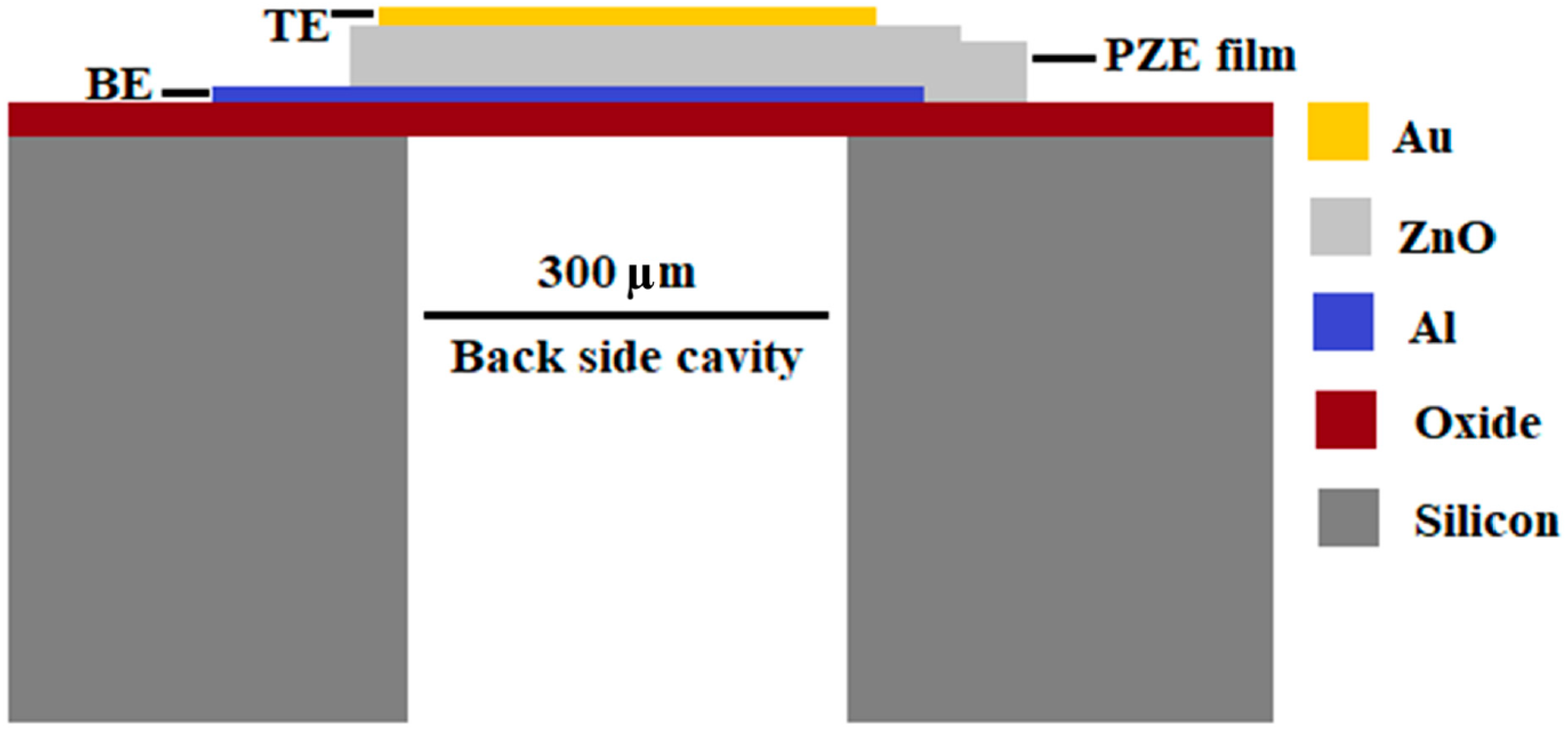
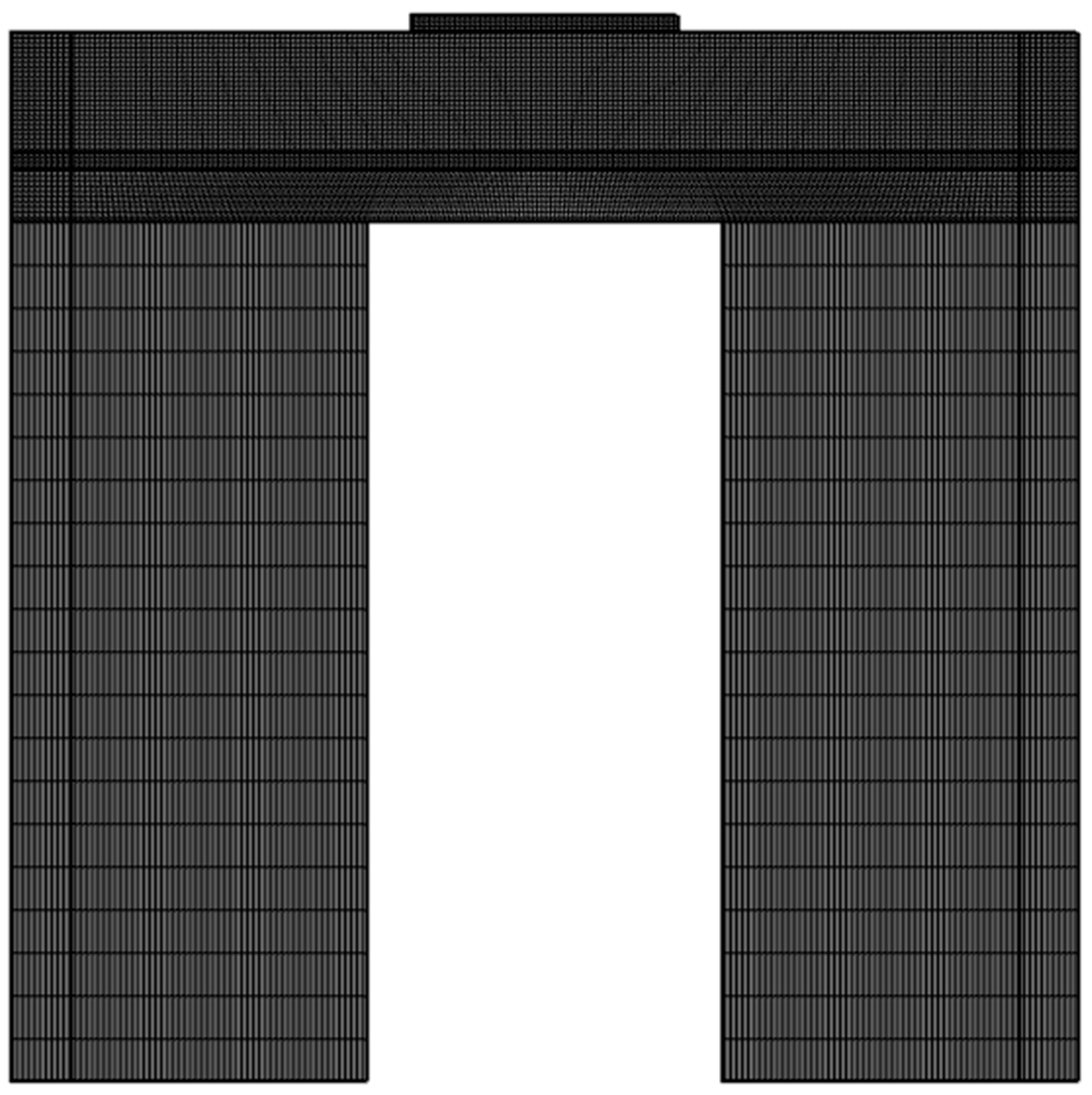
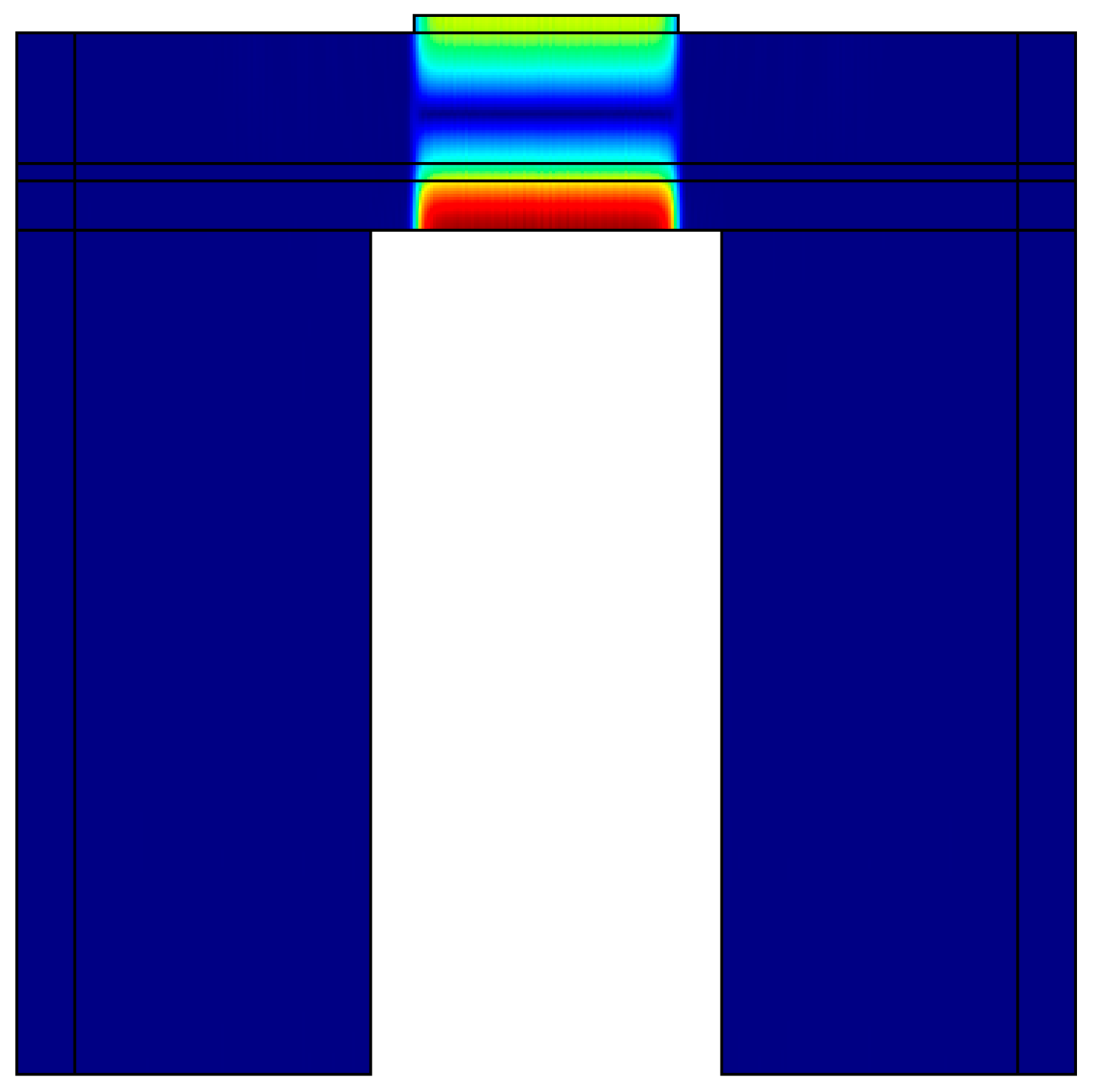

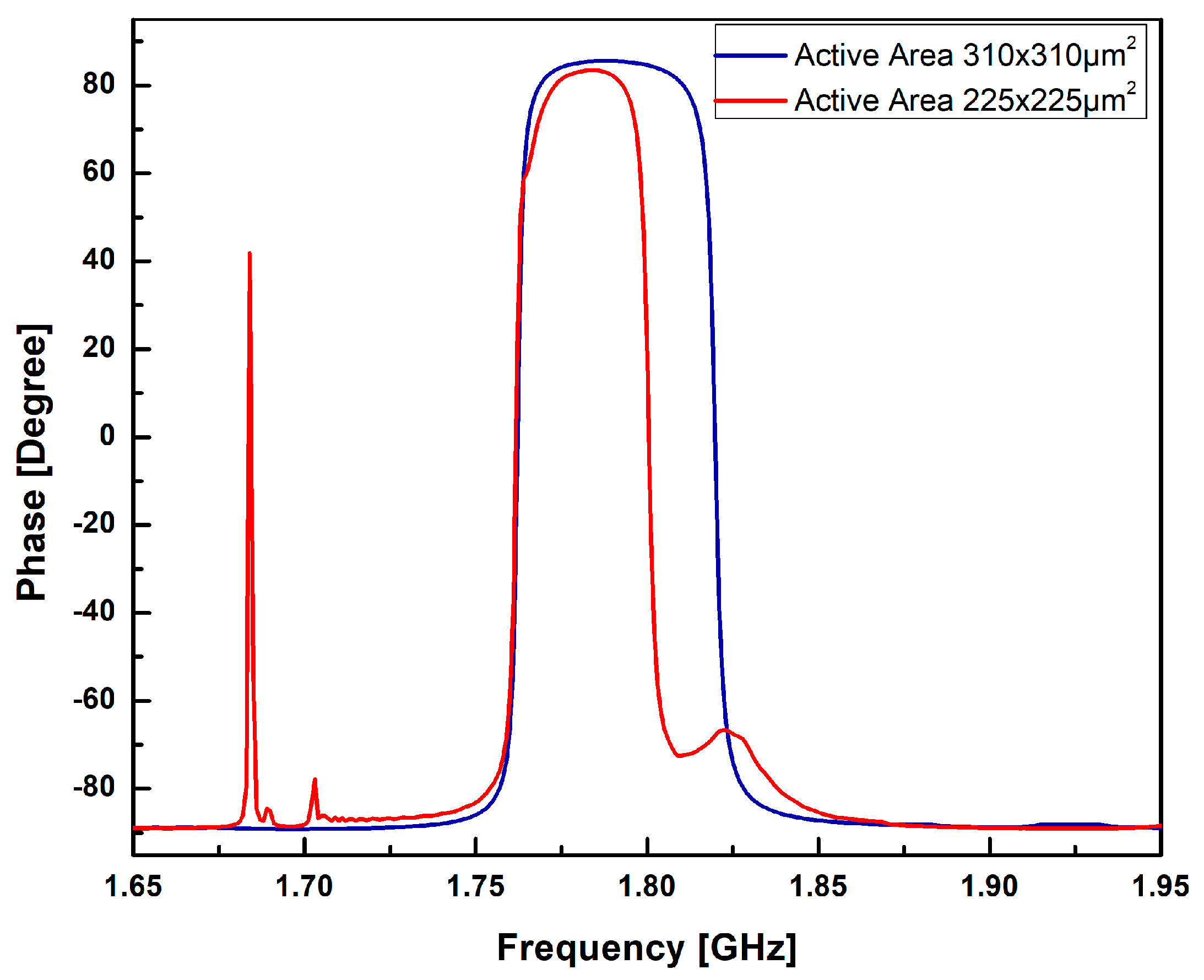
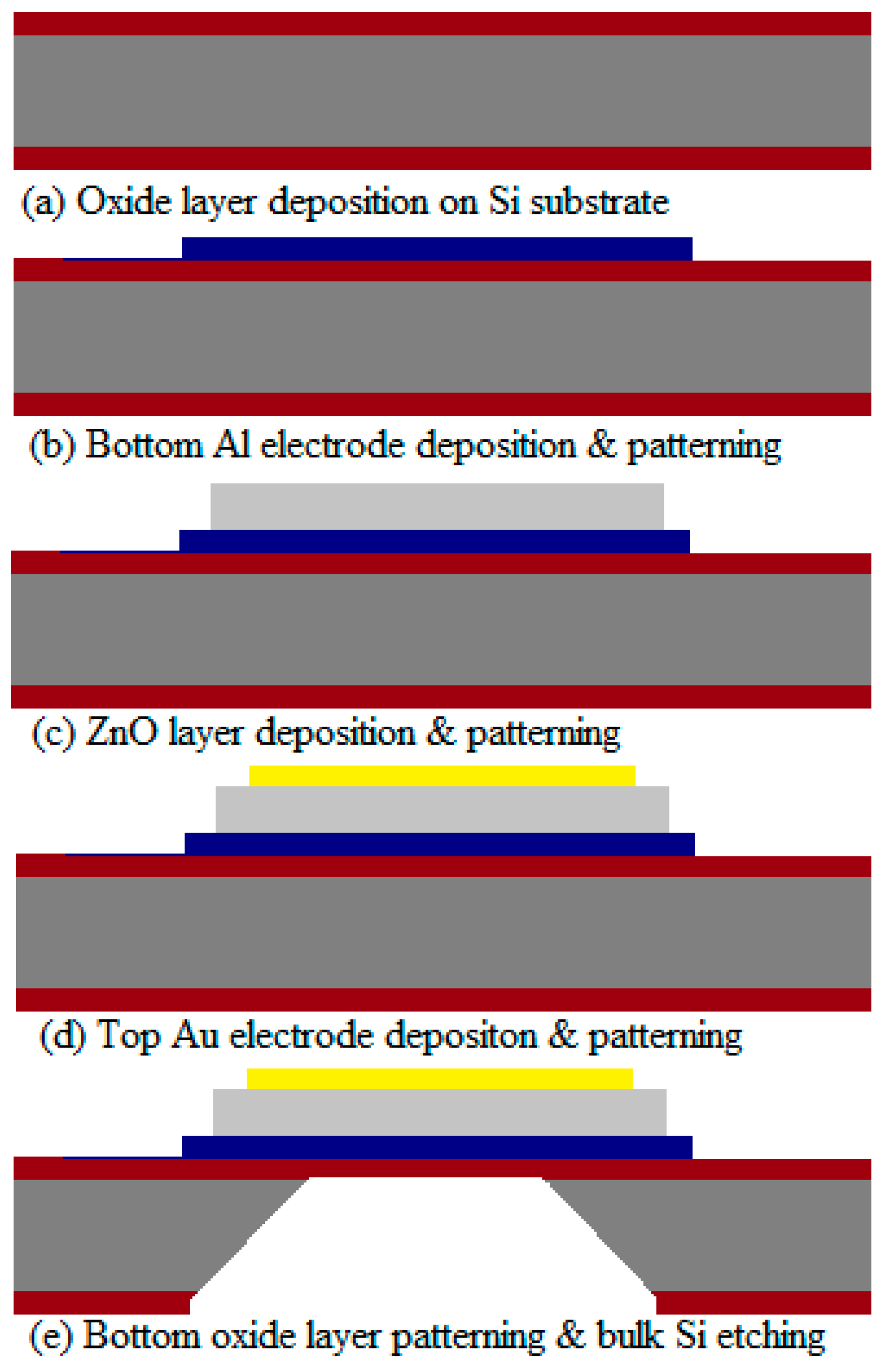

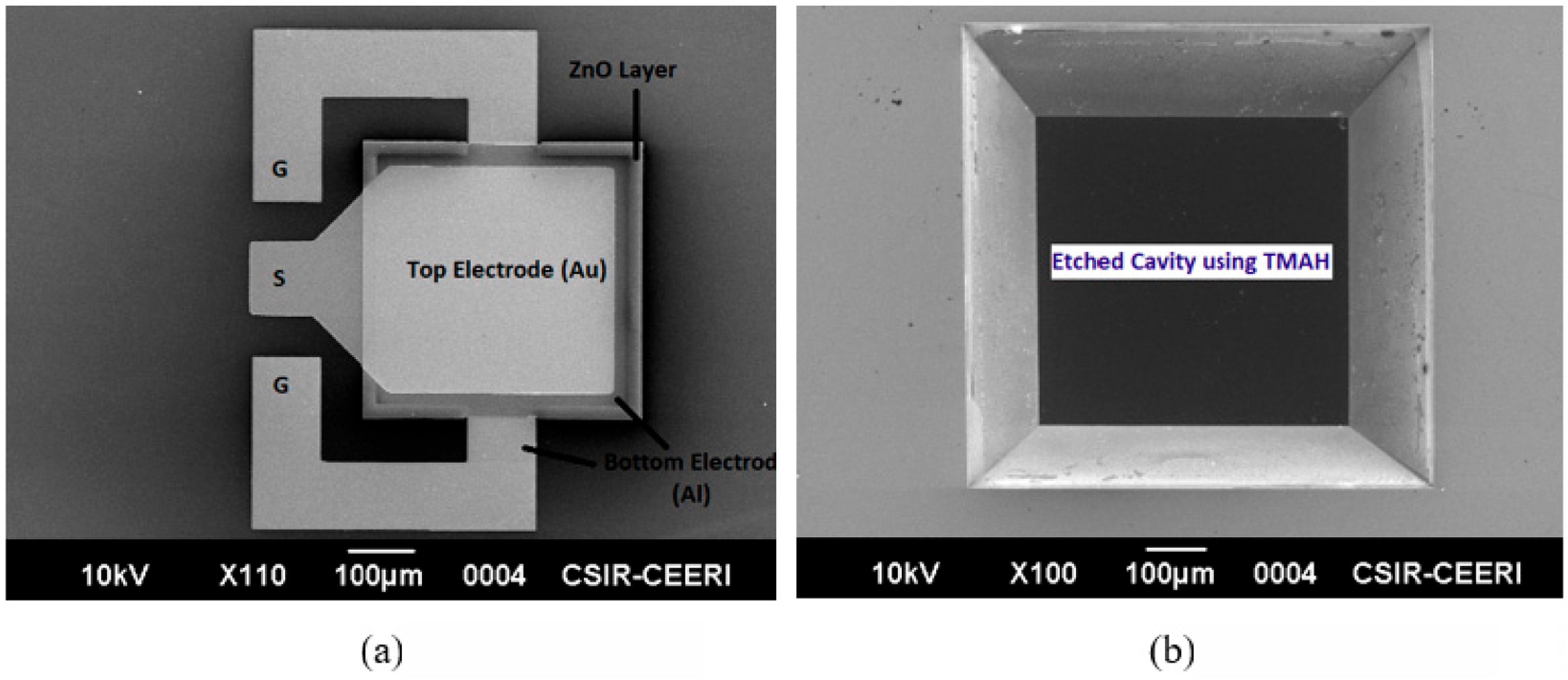
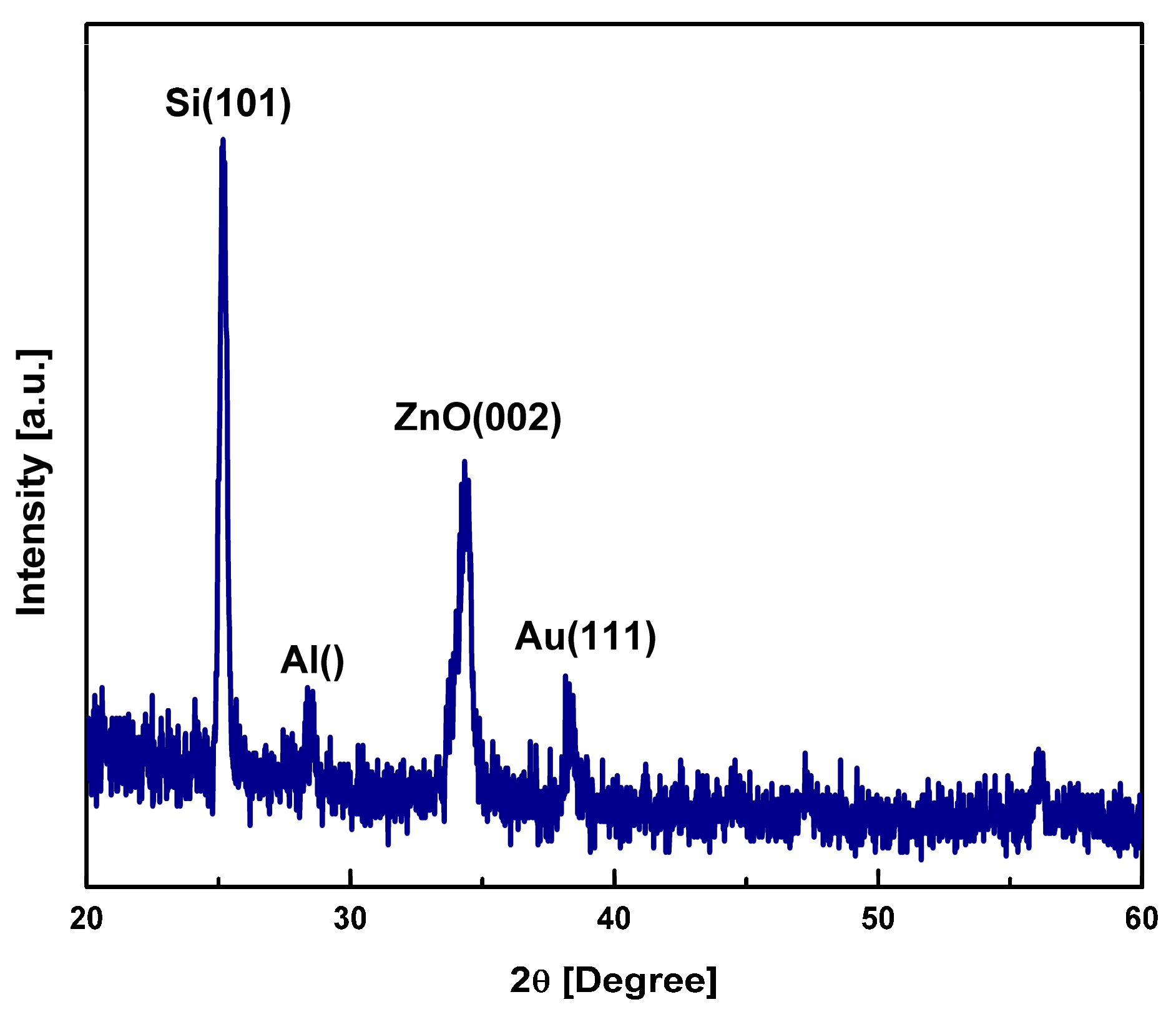
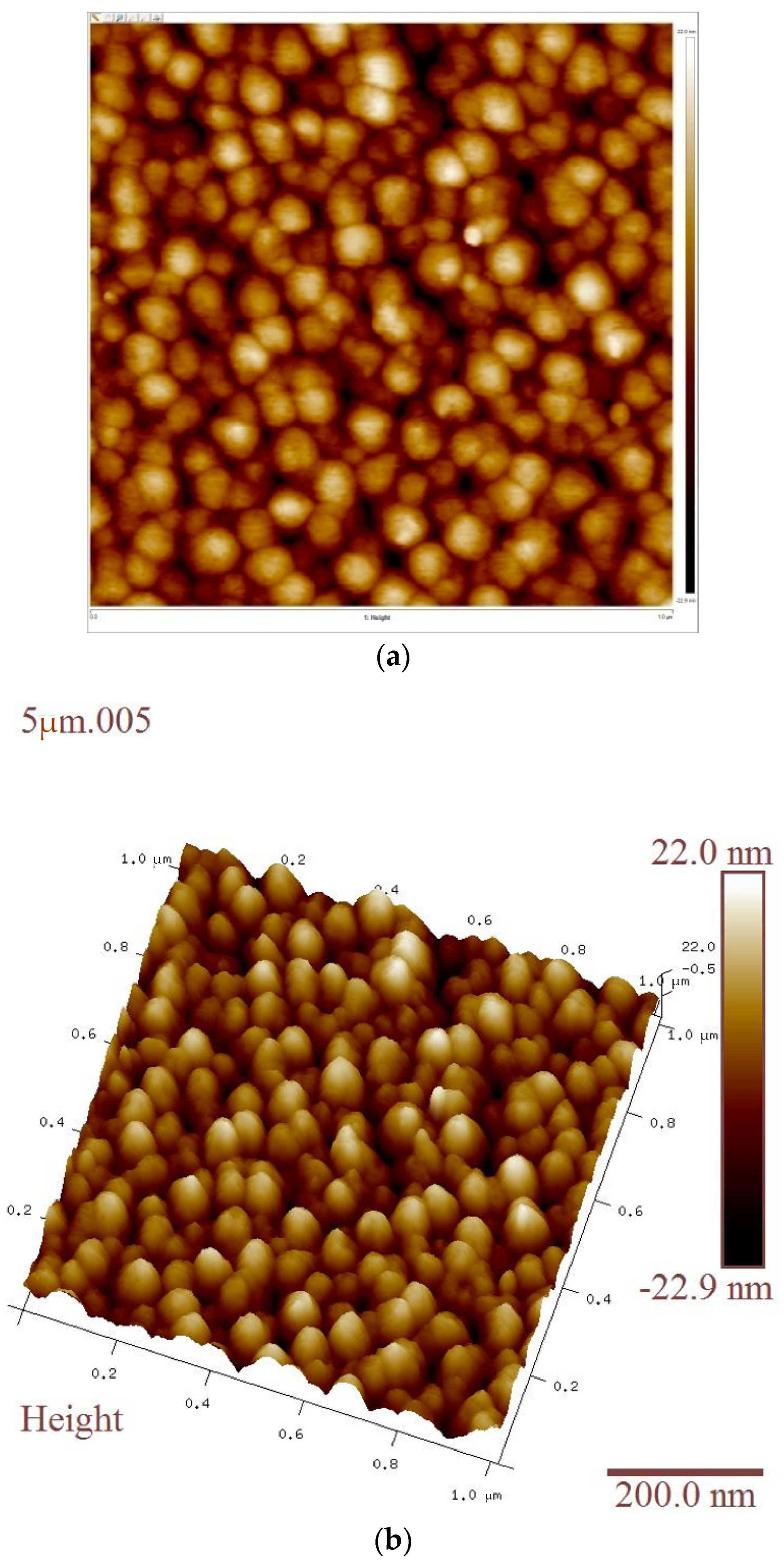
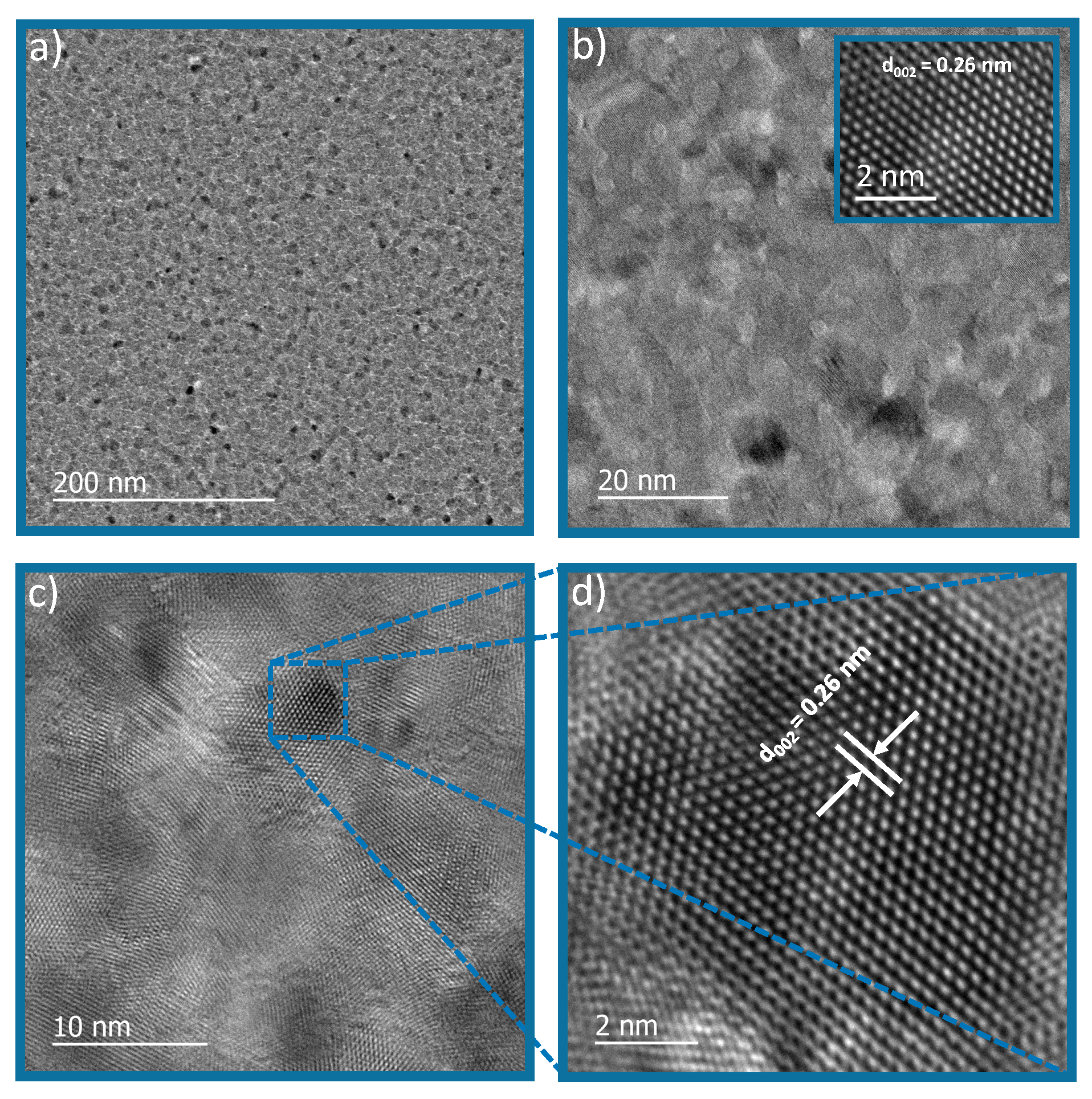
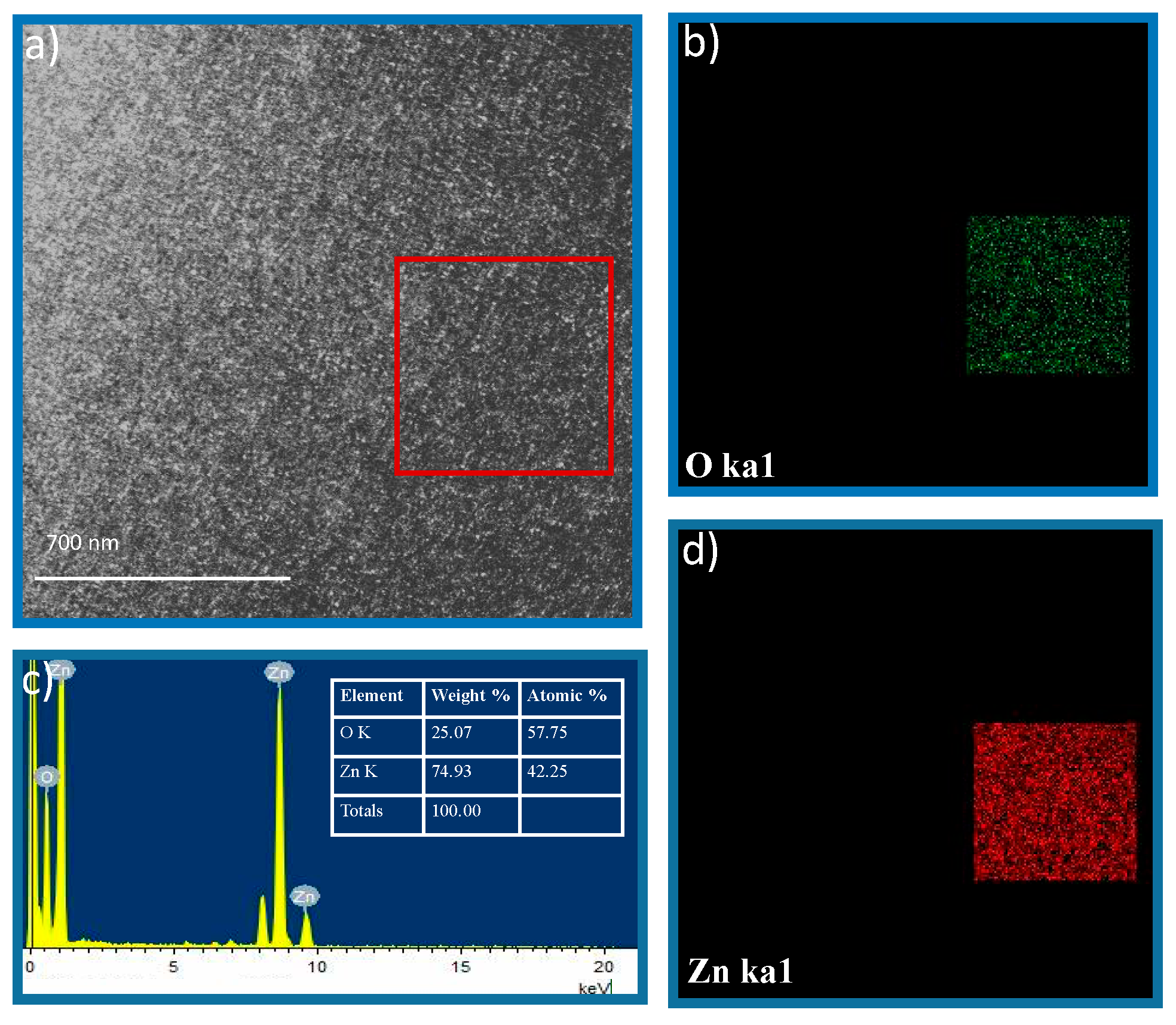
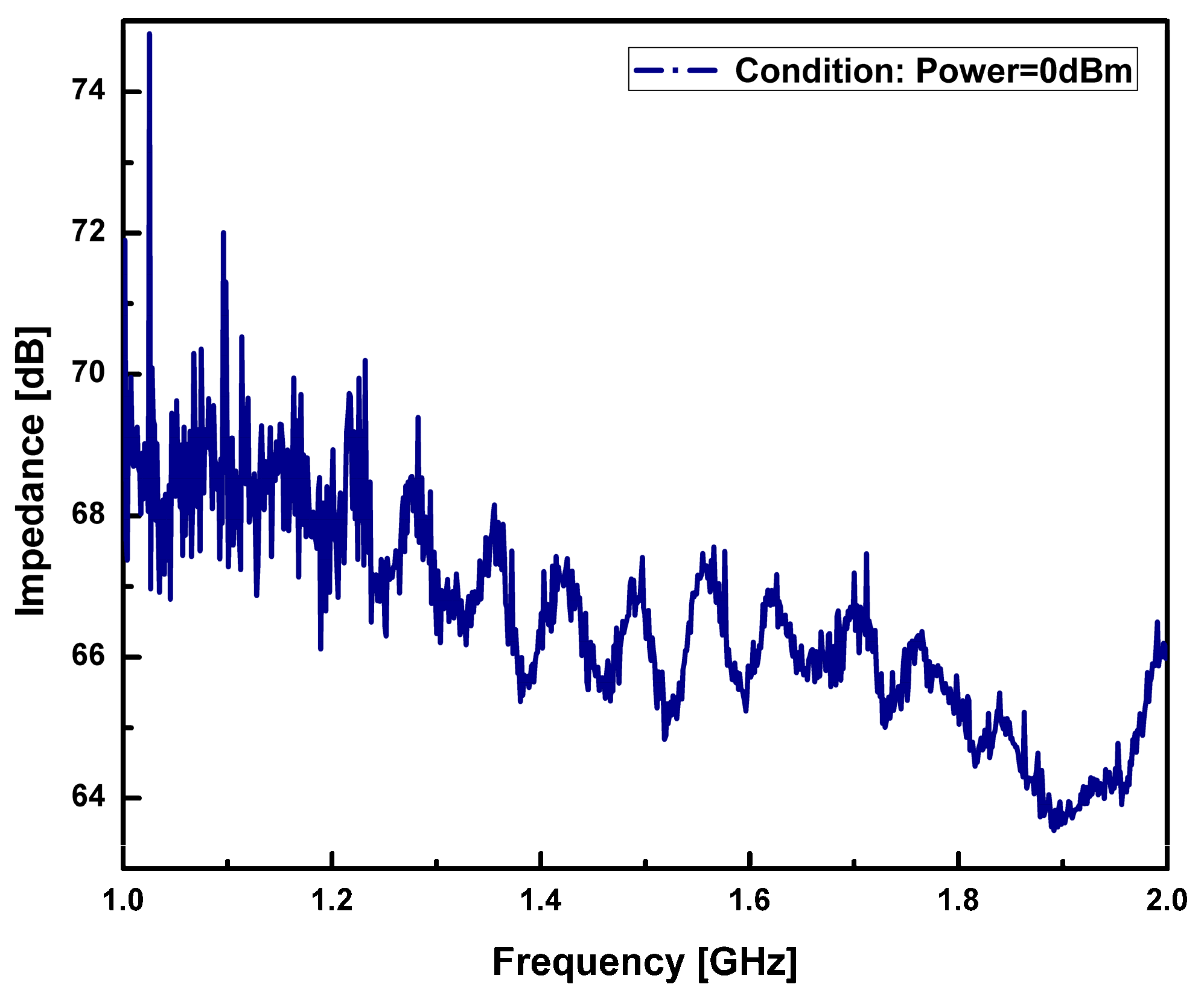
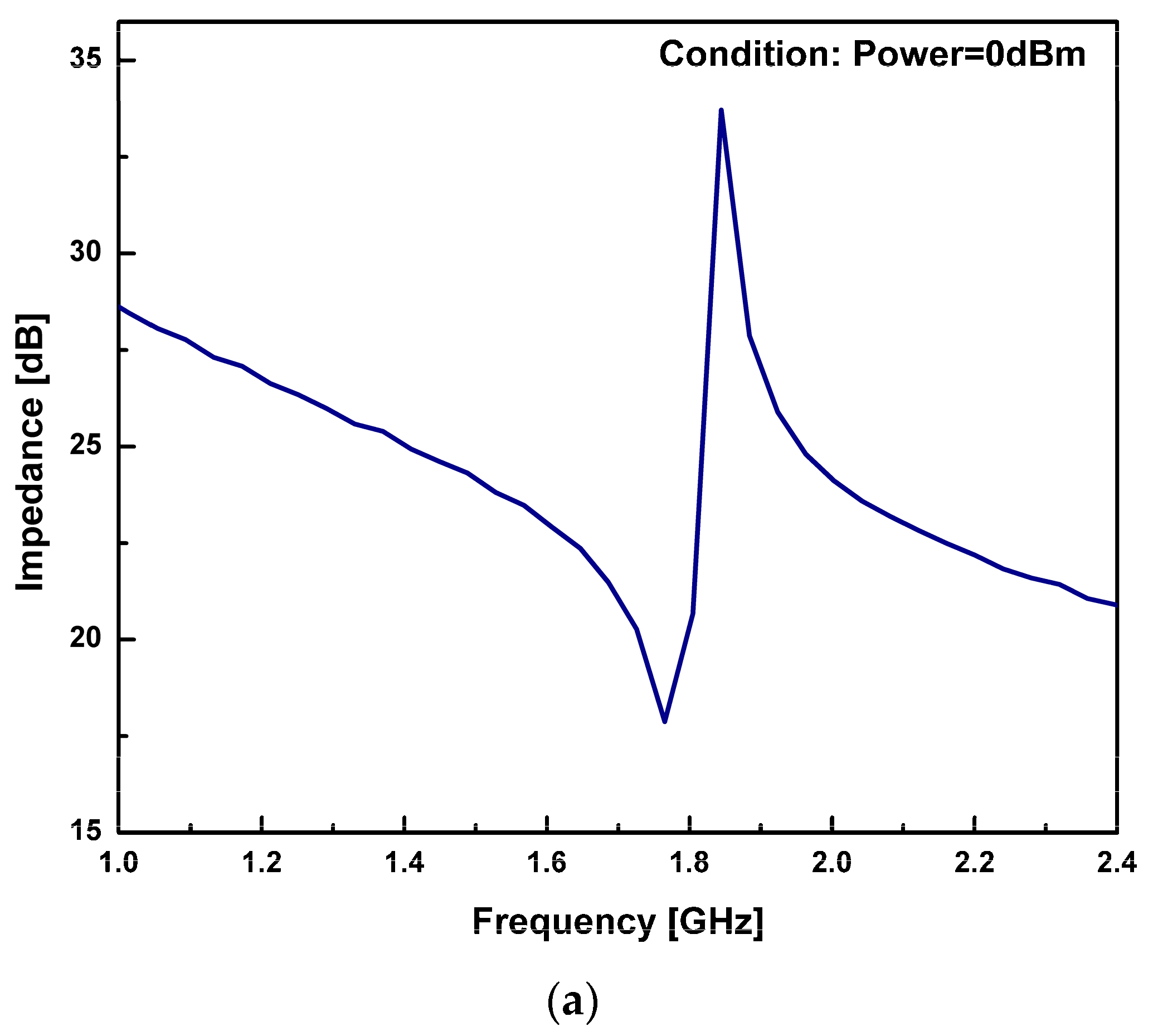
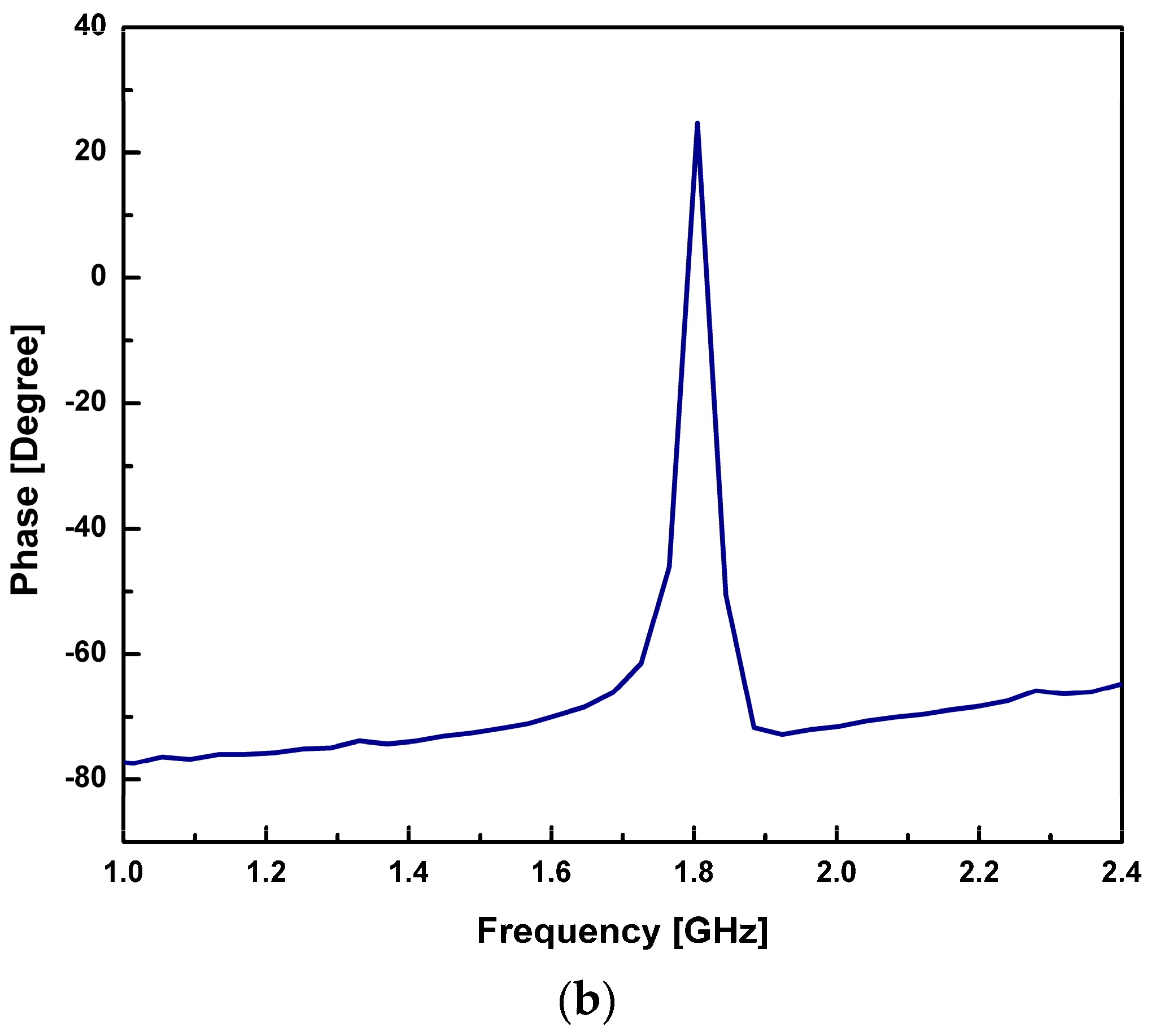
| S. No. | Parameter | Active Area of 225 × 225 µm2 | Active Area of 310 × 310 µm2 | Measured |
|---|---|---|---|---|
| 1. | fs [GHz] | 1.762 | 1.762 | 1.765 |
| 2. | fp [GHz] | 1.802 | 1.82 | 1.844 |
| 3. | Qs | 1046 | 906.6 | 94.3 |
| 4. | Qp | 992 | 612.1 | 214 |
| 5. | [%] | 5.47 | 7.86 | 10.56 |
| References | Device Name | PZE Material | fr (GHz) | fa (GHz) | Qs | FoM1 | |
|---|---|---|---|---|---|---|---|
| [49] | FBAR | ZnO | 1.546 | 1.590 | 6.83 | 350 | 23.9 |
| [50] | FBAR | ZnO | 1.498 | 1.513 | 2.39 | 224 | 5.35 |
| [51] | FBAR | ZnO | 1.43 | 1.441 | 1.88 | 433 | 8.14 |
| [52] | FBAR | ZnO | 2.11 | 2.127 | 2.03 | 253.2 | 5.14 |
| This work | FBAR | ZnO | 1.765 | 1.844 | 10.57 | 214 | 22.6 |
Disclaimer/Publisher’s Note: The statements, opinions and data contained in all publications are solely those of the individual author(s) and contributor(s) and not of MDPI and/or the editor(s). MDPI and/or the editor(s) disclaim responsibility for any injury to people or property resulting from any ideas, methods, instructions or products referred to in the content. |
© 2023 by the authors. Licensee MDPI, Basel, Switzerland. This article is an open access article distributed under the terms and conditions of the Creative Commons Attribution (CC BY) license (https://creativecommons.org/licenses/by/4.0/).
Share and Cite
Patel, R.; Adhikari, M.S.; Tripathi, S.K.; Sahu, S. Design, Optimization and Performance Assessment of Single Port Film Bulk Acoustic Resonator through Finite Element Simulation. Sensors 2023, 23, 8920. https://doi.org/10.3390/s23218920
Patel R, Adhikari MS, Tripathi SK, Sahu S. Design, Optimization and Performance Assessment of Single Port Film Bulk Acoustic Resonator through Finite Element Simulation. Sensors. 2023; 23(21):8920. https://doi.org/10.3390/s23218920
Chicago/Turabian StylePatel, Raju, Manoj Singh Adhikari, Shailendra Kumar Tripathi, and Sourabh Sahu. 2023. "Design, Optimization and Performance Assessment of Single Port Film Bulk Acoustic Resonator through Finite Element Simulation" Sensors 23, no. 21: 8920. https://doi.org/10.3390/s23218920





